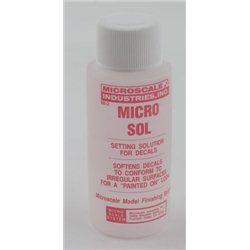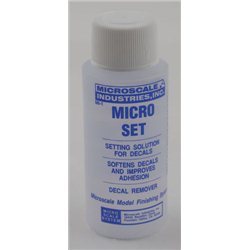Generally, plastic model plane kits do not come with plinths supplied. Nowadays, the majority of kits are designed to...
No products
Product successfully added to your shopping cart
There are 0 items in your cart. There is 1 item in your cart.
Search Tips
Christmas and New Year
We are dispatching orders every weekday apart from Christmas Day, Boxing Day and New Year's Day.
If you order is time critical, select next day delivery at checkout.
The shop in Sandown is closed from 25th December, reopening on 30th December.
How do I apply decals to irregular surfaces?
This is not as difficult as you would think.
Normally you would dip your transfer in warm water to help remove it from the backing paper and soften the decal. Although the decal is still quite rigid, this is fine when going on to a flat surface.
But to add a decal to an irregular surface, it is better if the decal is softer. You can achieve this using a product called Microsol. This will soften the decal even further than just water.
Then use a dry paint brush to slide it off the backing sheet and help it to be placed in exactly the correct position. With gentle dabbing, the transfer can be placed in most places.
Once the decal is in place you can use Microset which will help the decal to stay in place and when dry will stop it from being accidentally rubbed off.
Click here to receive the tips weekly in your mailbox. You can unsubscribe at any time.










